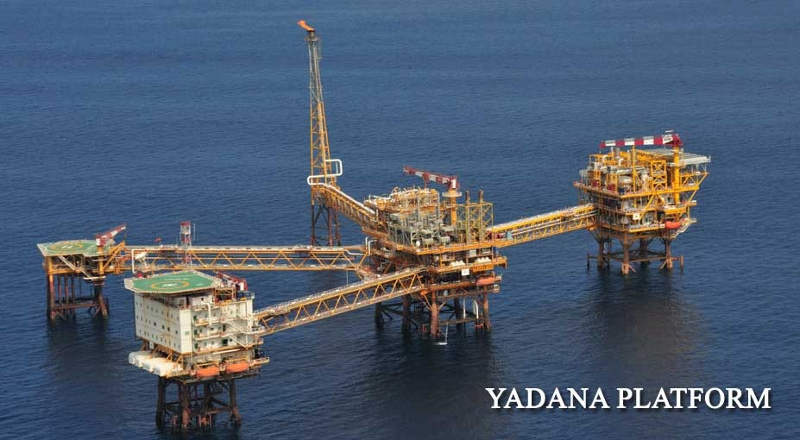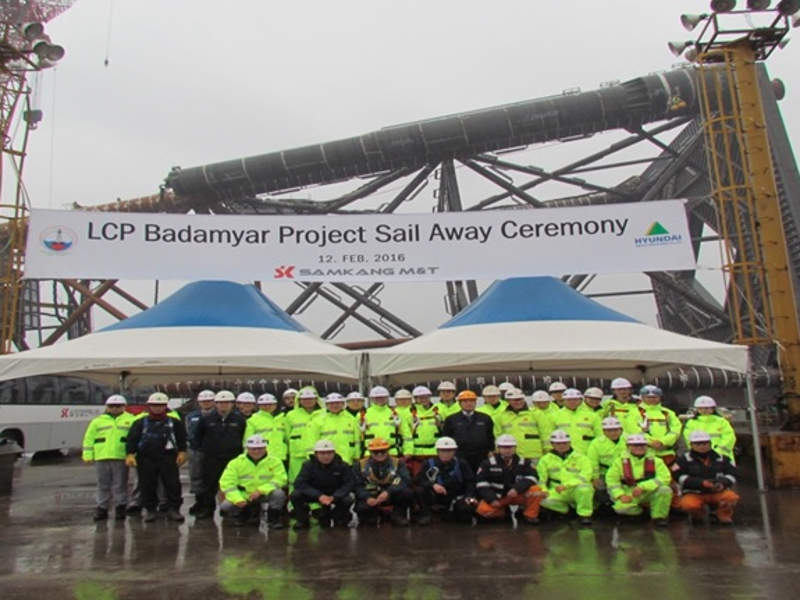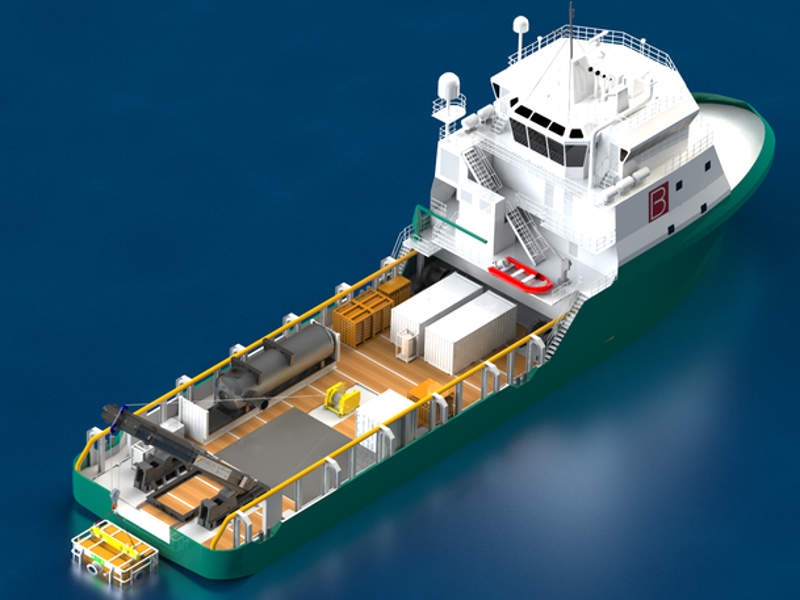
The Badamyar gas project involves the development of the Badamyar gas field, which is located in the M5 block of the Gulf of Martaban in the Andaman Sea, off the shore of Myanmar.
First production from the field was achieved in May 2017.
The project is being developed as a satellite to the Yadana gas field, which is one of the biggest gas fields in Myanmar.
It will enable the extension of the Yadana gas field and maintain its current annual production rate of eight billion cubic metres beyond 2020.
Badamyar project is jointly owned by Total E&P Myanmar (TEPM, 31.2%), Chevron-Unocal (28.3%), PTTEP (25.5%) and the national company, Myanmar Oil & Gas Enterprise (MOGE, 15%).
Total E&P Myanmar is serving as the operator of the project.
Details of the M5 and M6 blocks offshore Myanmar
The Badamyar and Yadana gas fields are part of the M5 and M6 blocks of the Gulf of Martaban offshore Myanmar.
The Yadana field supplies 50% of Myanmar’s total gas requirements, while another 12% is supplied to Thailand.
Maintaining production from the Yadana gas field is essential to the maintaienance of energy security in Myanmar.
The Badamyar project is one of several projects in the M5 and M6 blocks, which are being explored by developers to maintain production at the field.
Badamyar gas field discovery and appraisal
The Badamyar gas field was initially discovered in 1975 and appraised in 1996 as part of a six-well exploration programme.
The Badamyar-1 (BDM-1) appraisal well was drilled to a depth of 3,676ft in order to appraise the Badamyar sands structure, striking a170ft gas-bearing interval in the Upper Miocene sandstones.
Three drill stem tests were conducted on the well, which flowed at a cumulative rate of 32 million cubic feet a day (mmcf/d).
Badamyar gas project details
Development of the Badamyar gas field commenced in mid-2014, and included the installation of a new wellhead platform containing two topside modules weighing 2,000mt. The platform is connected to the Yadana production facilities.
Four horizontal wells were also drilled in order to produce gas from the field.
Installation of a new low-compression platform (LCP) was included as part of the development in order to maintain production at the Yadana field, while simultaneously reducing wellhead pressure
The LCP was installed using SapuraAcergy’s Sapura 3000 pipe-laying vessel.
Installation of the LCP marked the first installation of Thrust Maritime’s Thrust Hyperbaric Offshore Recovery (THOR) systems onto a Hyperbaric Rescue Vessel (HRV).
Contractors involved
Hyundai Heavy Industries (HHI) was awarded the engineering, procurement and construction contract for the wellhead platform and the LCP.
HHI subcontracted SAMKANG for the construction of the LCP jacket and piles, as well as the jacket, piles and bridge jacket of the wellhead platform.
JETEC Indonesia – ACTEMIUM supplied telecommunication systems, control and safety systems, and instrument power distribution equipment for the development.
SapuraAcergy was responsible for the installation of the LCP. The company subcontracted Thrust Maritime to supply its hyperbaric recovery and reception technology during the installation.
Sunwoo Plant Engineering carried out the electrical and telecommunication engineering and 3D modelling of the Badamyar LCP and the wellhead platform.
KTL Group supplied KimLift™ synthetic slings, while Serimax provided spool kits and Airpack delivered a nitrogen generation package for the project.
Kie Systems provided the site’s corrosion monitoring system, and Vinarco supplied manpower contracting services as part of the development.
Coreplant and Firscomp were also involved in the project.





